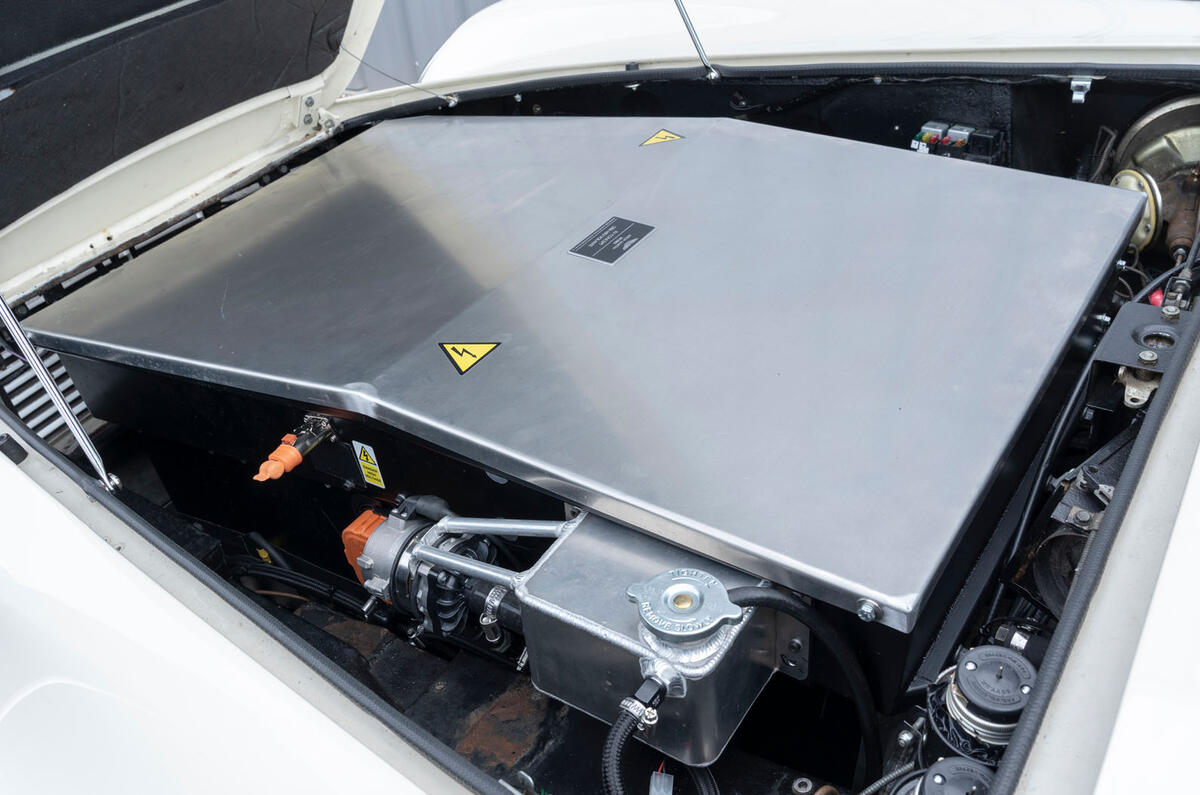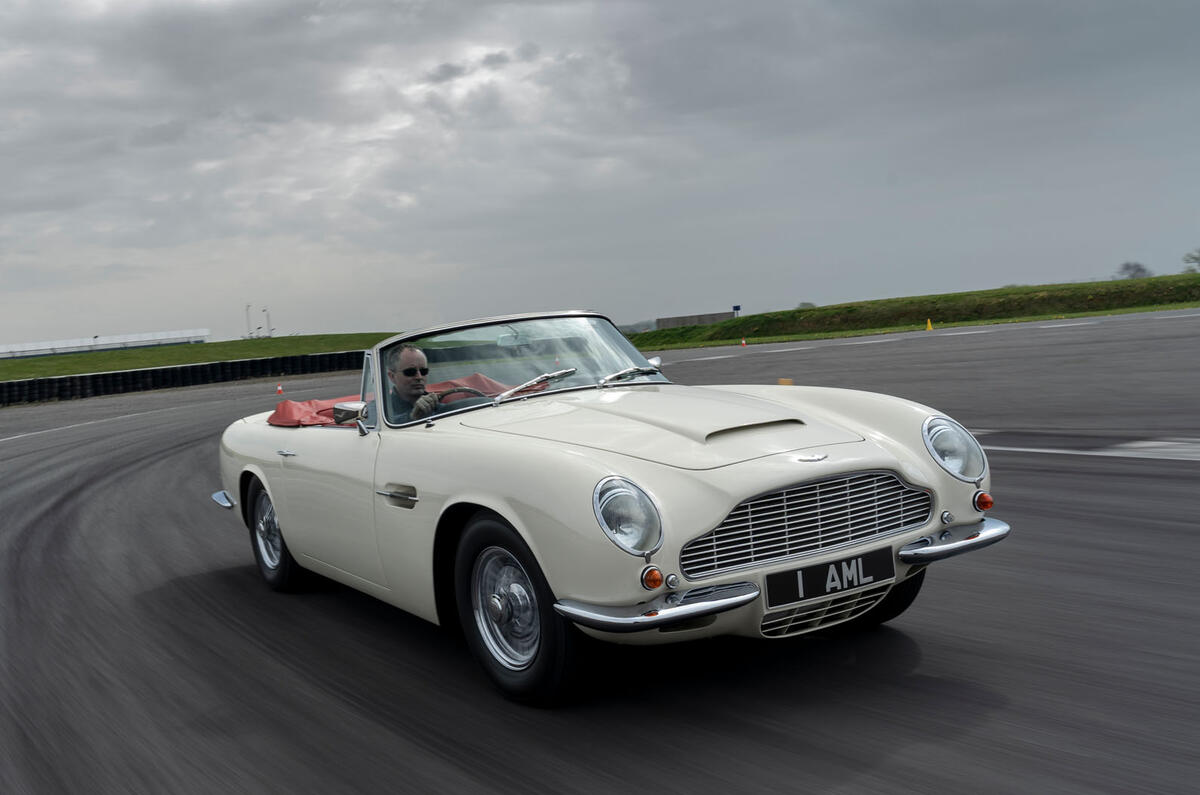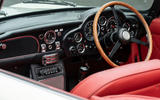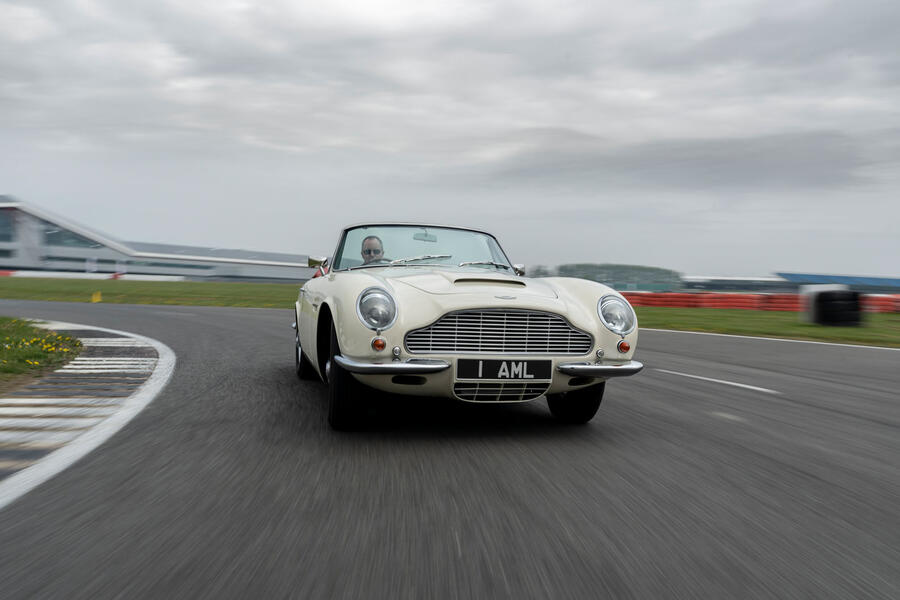Manufacturers keep telling us that electrification is part of our future, but what about our past?
A near-silent, ion-fuelled DB6 might seem like the answer to an unasked question, but Paul Spires, president of Aston Martin Works and the man who signed the car off, is adamant it’s the right call. “We need to make sure that we’ve got the next 100 years covered,” he says, “to make sure these vehicles don’t become museum pieces.”

This isn’t about legislation – there are no current plans to ban internal-combustion classics in any major market – but rather what Spires describes as social pressure. First from the affluent tech-savvy buyers who are already shifting to EVs en masse, but also from a future generation who will grow up without experiencing the sounds and smell of internal combustion.
The idea is for what Spires calls a heart transplant: fully reversible electrification that keeps the core structure of a car unchanged. “I said to the development team: ‘Don’t make a single extra hole in the bodywork,’” Spires says. “They haven’t.”

















































Join the debate
Add your comment
Don't insult us by saying that you are doing it because we want it.
You aand companies like you are helping to create the market for these conversion by larketing them to wealthy people knowing that many of them like to have the latest gadget primarly for bragging rights. And then you turn around and say that there is Social Pressure. No there is no "Social Pressure", only buy orders from the people who you convinced to buy the latest gadget.
This is a money generator. Nothing more and nothing less.
This is just horrible. The
This is just horrible. The internal combustion engine, and certainly Aston's wonderful straight-6, is at the very core of the appeal of classic cars. Replacing it with an utterly soulless electric motor comprehensively defeats the purpose. "Social pressure" can bring change for the good, or for the bad. In this case, social pressure must be resisted, not given into.
What an utterly disgusting
Like fully a bottle of champagne with tap water.